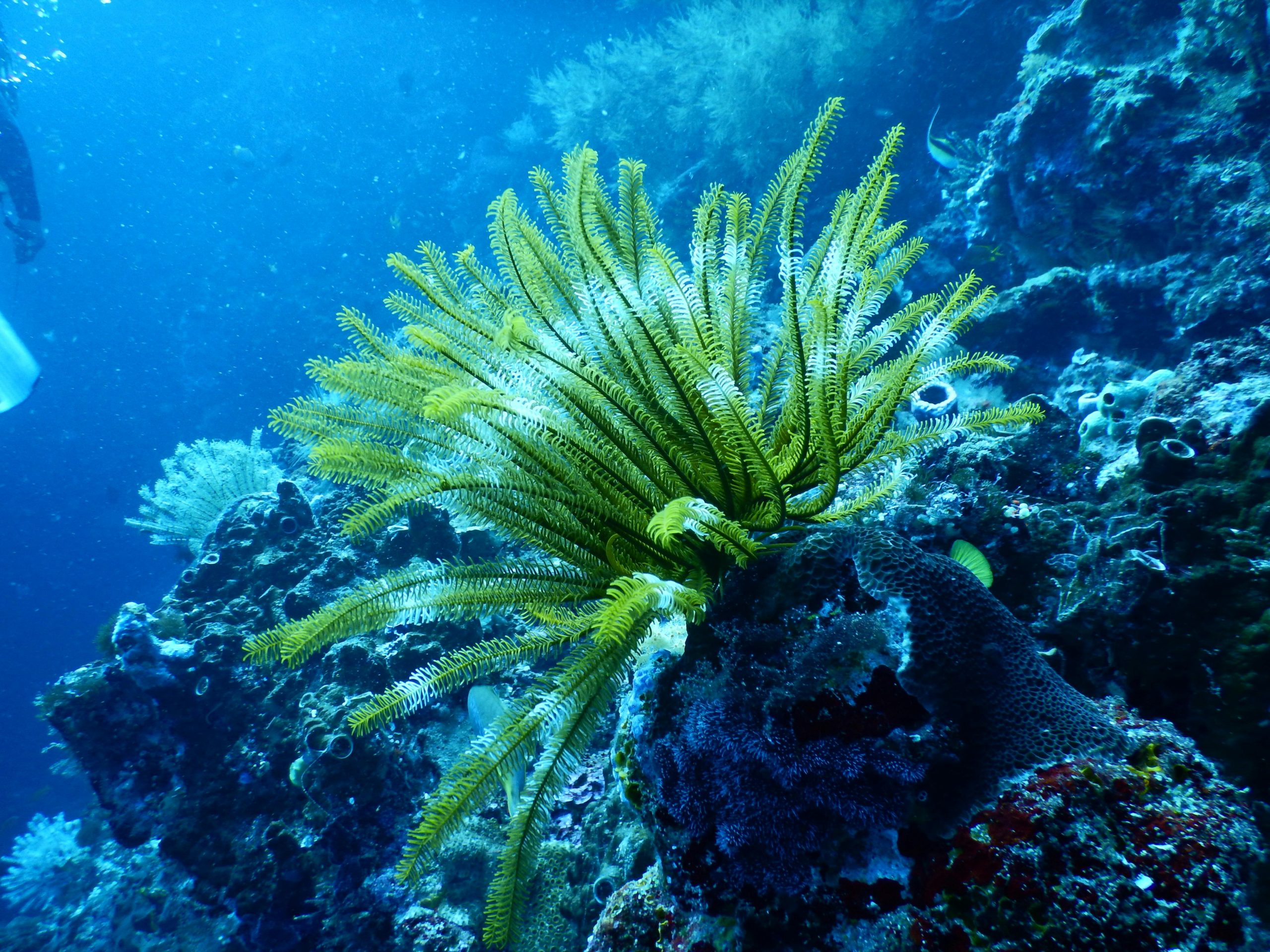Table of Contents
![]()
Maintaining a healthy and vibrant aquarium requires more than just setting up the right equipment and choosing the right fish. One crucial yet often overlooked aspect is water movement. Understanding the importance of water movement in your aquarium can significantly impact the health of your aquatic environment and the well-being of its inhabitants. This article delves into the multifaceted role of water movement, including its biological significance, effects on aquarium inhabitants, interaction with equipment, impact on aquascaping, and common issues with solutions.
Biological Importance of Water Movement
Oxygenation
Water movement plays a vital role in ensuring adequate oxygen levels in an aquarium. The surface agitation caused by water movement facilitates gas exchange between the water and the atmosphere, promoting oxygen absorption and carbon dioxide expulsion. Without sufficient water movement, oxygen levels can drop, particularly in densely stocked or heavily planted aquariums. This can lead to oxygen deprivation, which is detrimental to the health of fish and other aquatic organisms.
Distribution of Nutrients
Effective water movement is essential for the even distribution of nutrients throughout the aquarium. In a well-circulated tank, nutrients are spread more uniformly, benefiting aquatic plants and corals by ensuring they receive the necessary elements for growth. Furthermore, proper water movement helps prevent the accumulation of nutrient-rich dead zones where algae and harmful bacteria might thrive, thus maintaining a cleaner and healthier aquarium environment.
Waste Removal
One of the primary functions of water movement is to assist in the removal of waste products. Fish excrement, uneaten food, and other debris are carried away by the current towards the filtration system, which processes and removes these contaminants. Without adequate water movement, waste can accumulate in stagnant areas, leading to poor water quality and potential health issues for the aquarium’s inhabitants.
Health and Behavior of Aquarium Inhabitants
Fish and Invertebrate Health
Water movement significantly affects the health of fish and invertebrates. Proper flow supports the efficient functioning of fish gills, which are responsible for oxygen exchange. Some species are adapted to specific water flow conditions and may become stressed or exhibit health problems if the flow is not appropriate. For example, fish from fast-moving rivers generally require stronger currents, whereas species from calm waters prefer gentle flows.
Natural Behaviors and Habitat Simulation
Simulating natural water flow is crucial for mimicking the fish’s native habitat. Proper water movement encourages natural behaviors such as swimming patterns, feeding, and social interactions. In reef aquariums, water flow is vital for the health of corals, which rely on currents to bring in nutrients and remove waste.
Stress Reduction
Appropriate water movement can help reduce stress among aquarium inhabitants. Stressful conditions often arise from excessive or inadequate water flow, which can affect fish behavior and overall health. Balancing water movement helps create a more stable and less stressful environment, enhancing the well-being of your aquatic life.
Water Movement and Aquarium Equipment
Filtration Systems
Filters are integral to water movement and overall aquarium health. They not only clean the water but also create currents that promote circulation. Different types of filters—such as hang-on-back, canister, and sump filters—affect water movement differently. Choosing the right filter and adjusting its flow rate can help achieve optimal water circulation.
Pumps and Powerheads
Pumps and powerheads are additional equipment used to control and enhance water flow. Pumps can be used to create specific flow patterns, while powerheads help improve circulation in targeted areas. Proper placement and adjustment of these devices are essential to ensure that water movement is balanced and effective throughout the aquarium.
Surface Agitation Devices
Surface skimmers and aeration devices contribute to surface agitation, which aids in oxygen exchange and helps remove organic debris. These devices are particularly useful in reducing surface scum and improving overall water quality. Integrating them into your aquarium setup can enhance both the aesthetic appeal and functionality of your water movement system.
Impact on Aquascaping and Design
Effects on Plant Growth
Aquatic plants thrive in well-circulated water, as it ensures they receive a steady supply of nutrients and carbon dioxide. Proper water movement helps prevent the buildup of organic matter around plants, which can lead to nutrient deficiencies and reduced growth. When designing your aquascape, consider how water flow will affect plant placement and health.
Coral Health in Reef Aquariums
In reef aquariums, water movement is crucial for the health of corals. Corals rely on water flow to bring in food particles and oxygen while removing waste. Different corals have varying flow preferences, so adjusting water movement to suit specific coral species can enhance their growth and coloration. A well-designed flow pattern can create a dynamic and thriving reef environment.
Aesthetic Considerations
Water movement also impacts the visual appeal of an aquarium. Gentle currents can create a serene and natural look, while more vigorous flows can simulate a lively, dynamic environment. When designing your aquarium, consider how water movement contributes to the overall aesthetic and how it complements the aquascape.
Common Issues and Solutions
Overly Strong Water Flow
Excessive water movement can cause stress and discomfort to fish and invertebrates. Signs of overly strong flow include fish struggling to swim, hiding more frequently, or showing signs of fatigue. To address this issue, adjust the flow rate of your pumps and filters, or use flow diffusers to create a more gentle current.
Insufficient Water Flow
On the other hand, insufficient water movement can lead to poor oxygenation and nutrient distribution. Signs of low flow include stagnant areas with algae buildup and poor water quality. Increasing the flow rate of your equipment or adding additional pumps can help improve circulation and overall tank health.
Maintenance and Adjustments
Regular maintenance and adjustment of water movement equipment are essential for maintaining optimal conditions. Clean filters and check the functionality of pumps and powerheads regularly to ensure they are working efficiently. Periodically reassess the water flow in your aquarium and make necessary adjustments to keep the environment balanced and healthy.
Conclusion
Water movement is a fundamental aspect of aquarium management that affects nearly every aspect of the aquatic environment. From ensuring adequate oxygenation and nutrient distribution to influencing the health and behavior of inhabitants, understanding and optimizing water movement is key to maintaining a thriving aquarium. By carefully considering the role of water movement and addressing any issues that arise, you can create a healthy, balanced, and aesthetically pleasing aquarium for your aquatic life to flourish.
Share This





Be the first to comment